The first major advantage of masonry is how aesthetically pleasing it is. There are almost limitless possibilities with masonry, as you can choose from a countless variety of brick colors, shapes, the material of the bricks themselves, as well as the bricklaying patterns. And all this you can mix and match with other techniques and styles to create something that is entirely your own and personalized to fit your aesthetic preferences. So, while concrete is very moldable, but not easy to get attractive shapes and forms with, masonry offers a lot more breathing room in this regard.
Also, bricklaying is not very hard to do. While concrete you would need to know the proper techniques of not only mixing it, but also spreading it around, and smoothening it, bricklaying is actually much easier to do yourself. If all the bricks are the same size and shape, you should have no trouble laying some basic patterns and shapes — and even combining different colors to create some contrast and heterogeneity.
Much like concrete, masonry is very strong and can hold up an immense amount of weight without cracking or breaking. This makes it a great material for hardscaping, especially if you are looking for patio paver flooring. In this regard, both concrete and paver are great options if you’re looking to accommodate a lot of weight. This is why a masonry building is among the most durable structures.
And finally, masonry is great for anyone looking to spruce up their backyard and garden. Since concrete is liquid, it is not as easy to work with when accentuating various features of the garden. Masonry, on the other hand, allows you to get into all the nooks and crannies thanks to the separate bricks which you can lay in any pattern that works with your hardscaping plan. This is why you will find that many of the garden walkways, half-walls, and other hardscaping features are lined with pavers, as opposed to being a square piece of concrete.
Disadvantages of Masonry
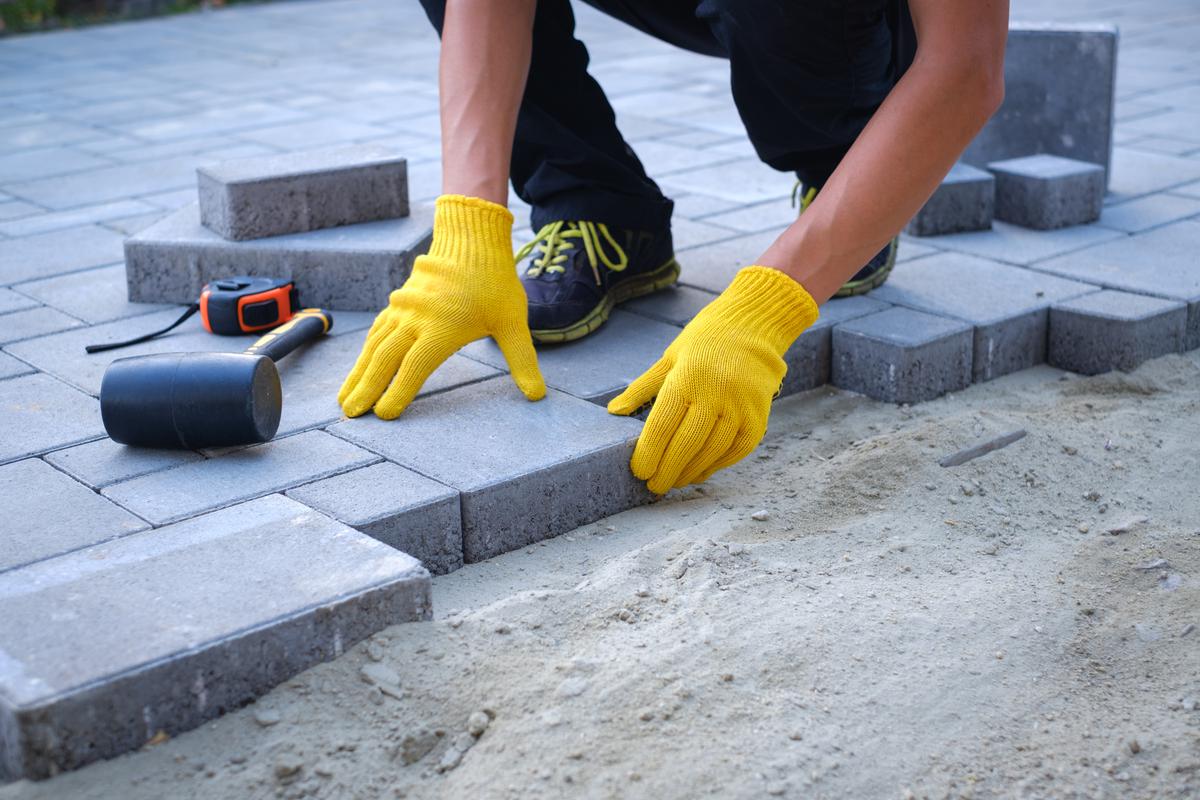
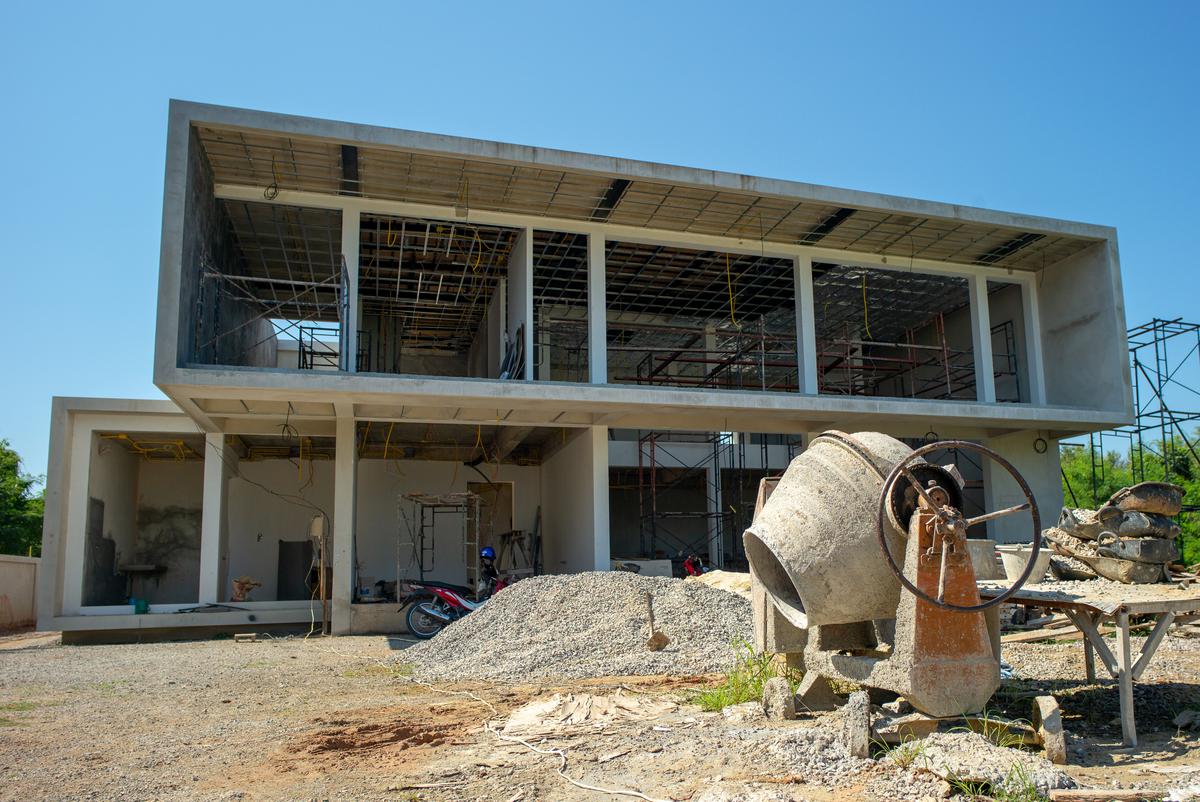
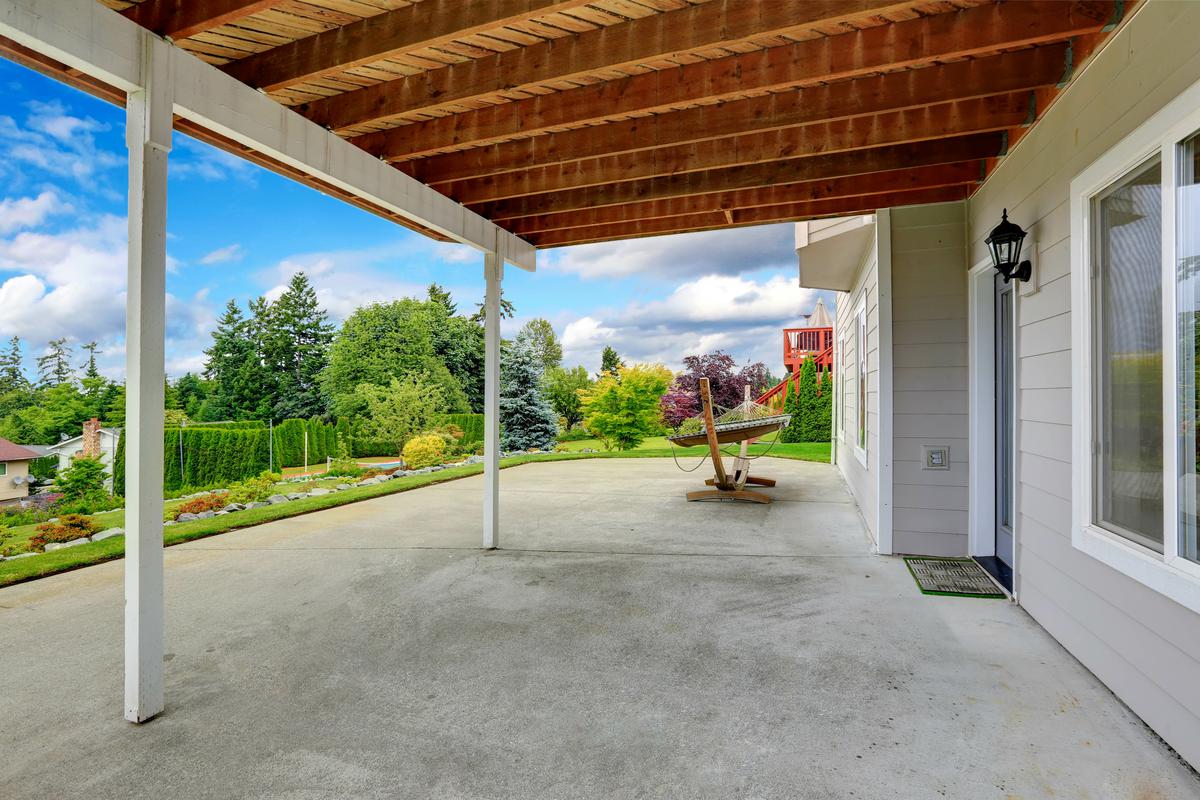
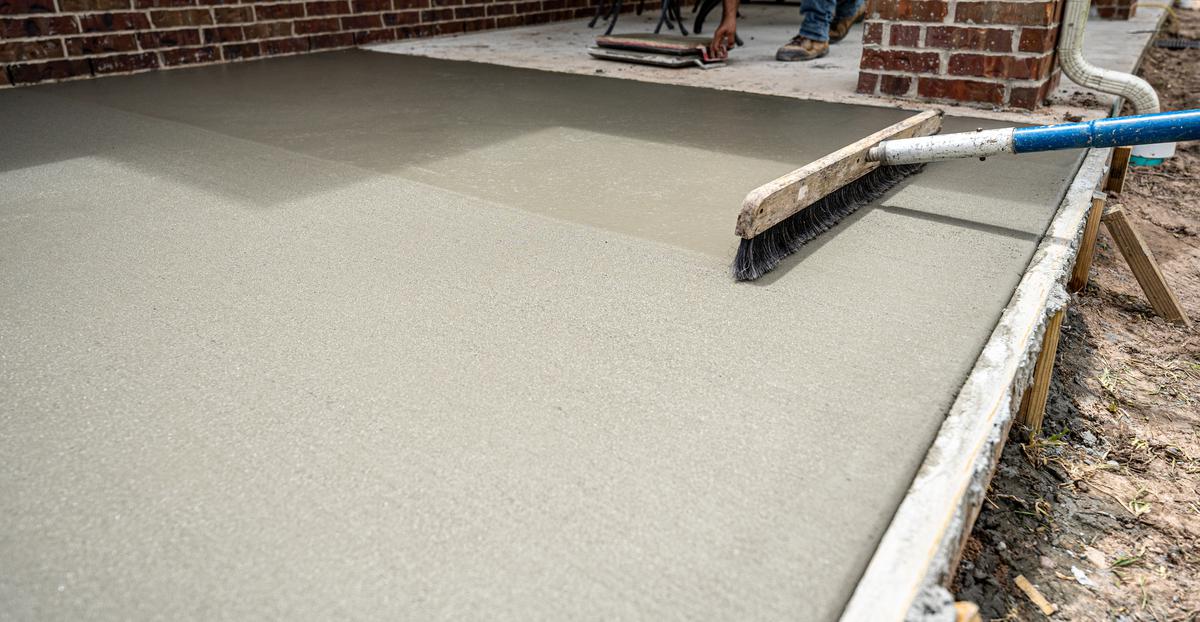
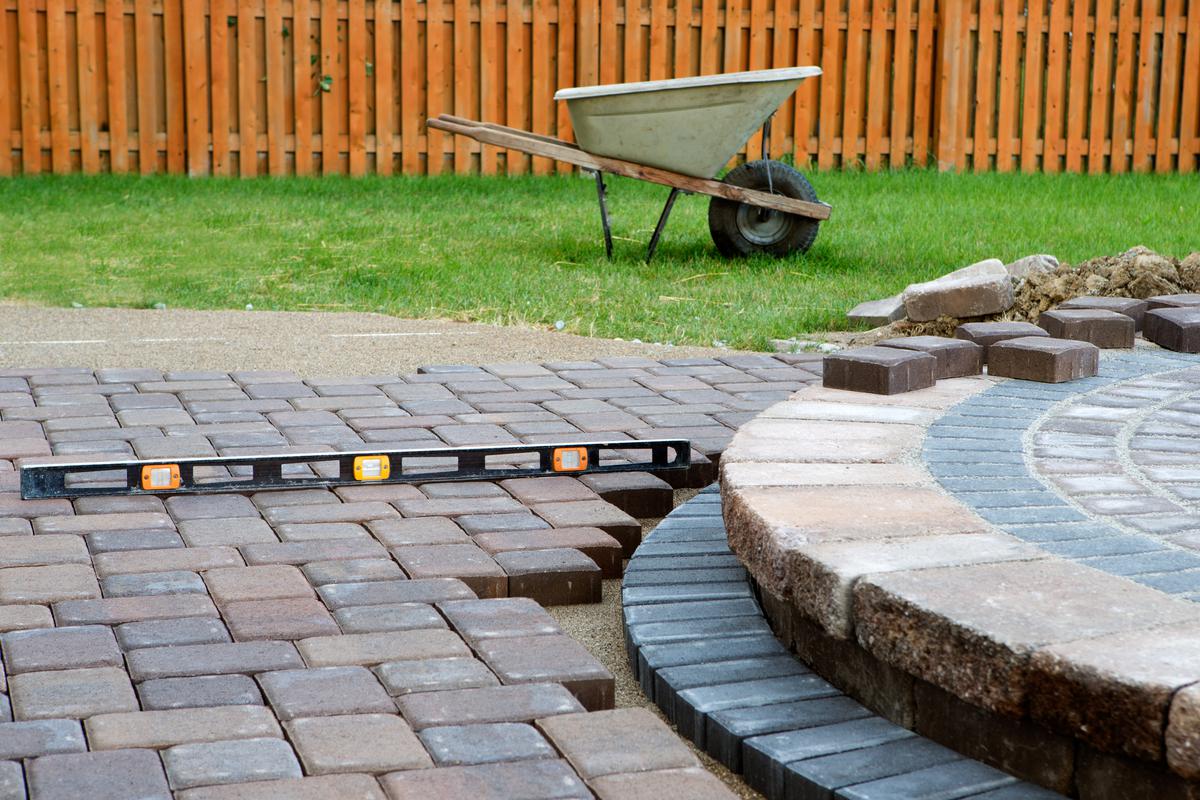
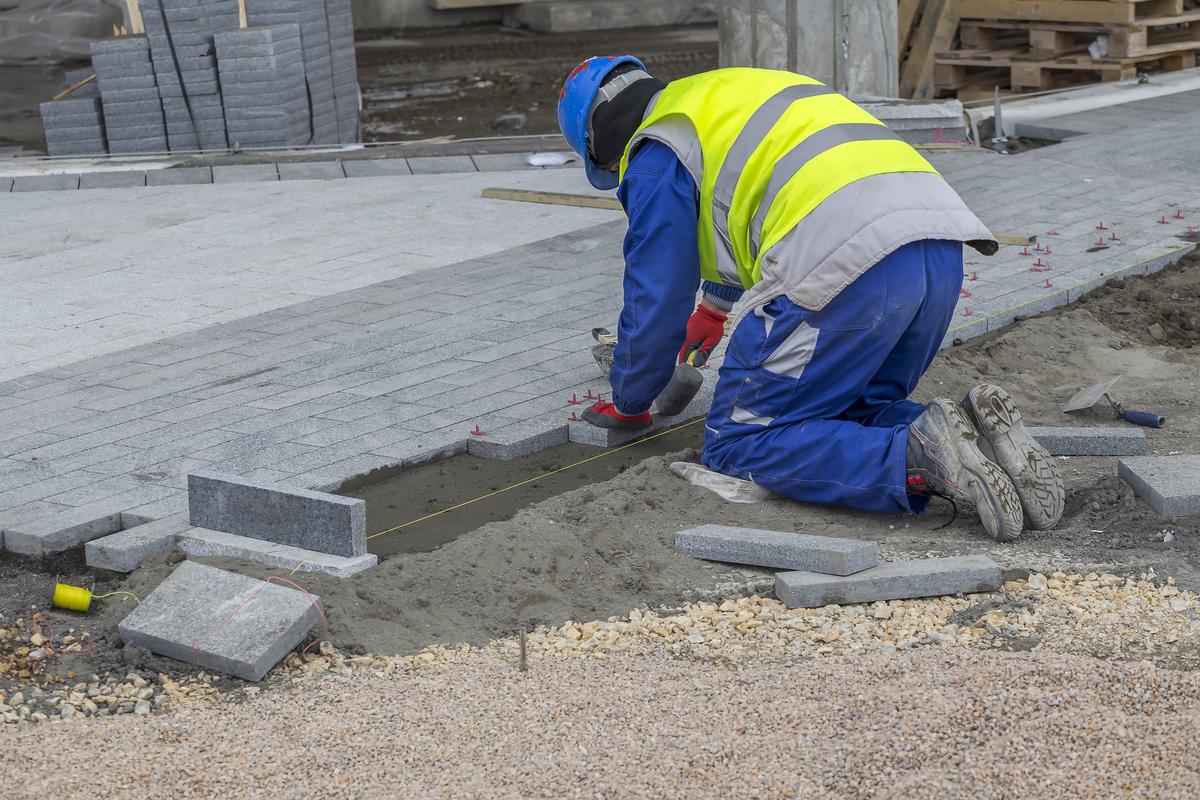
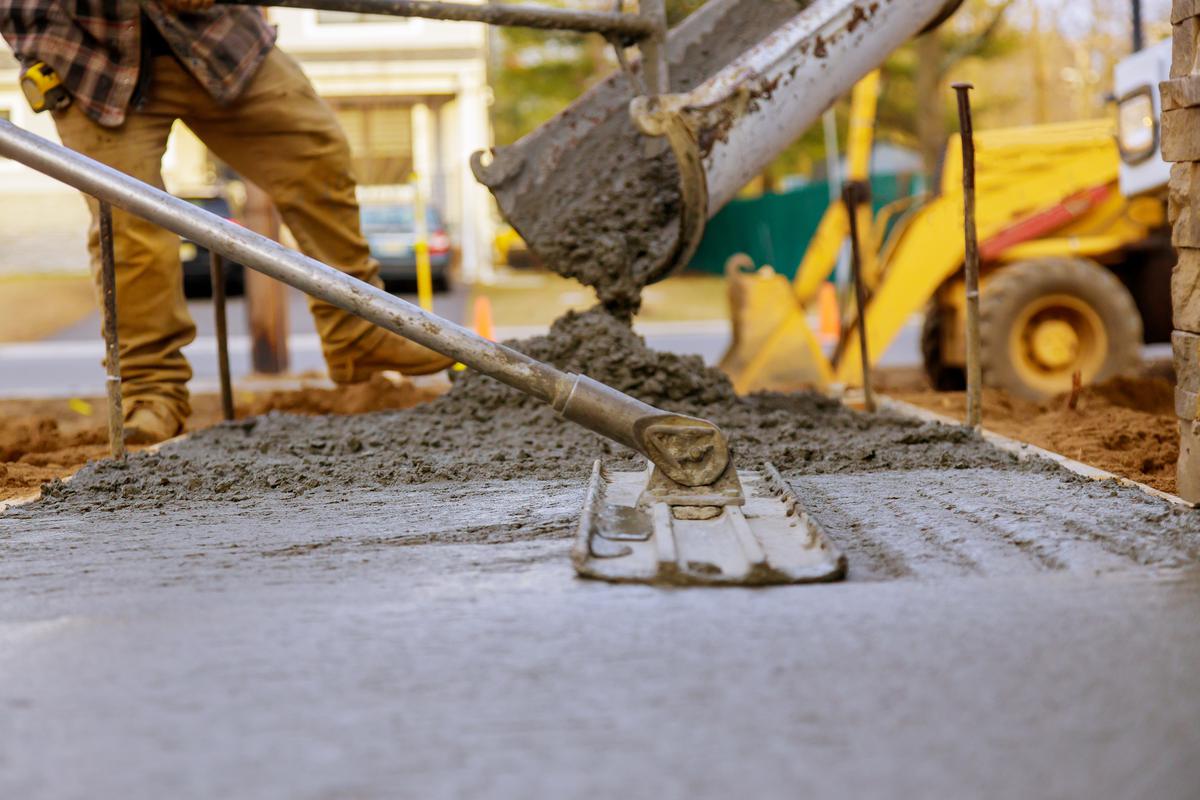
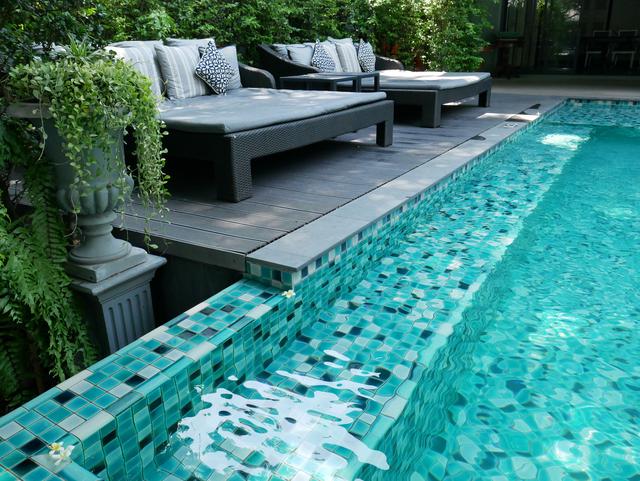
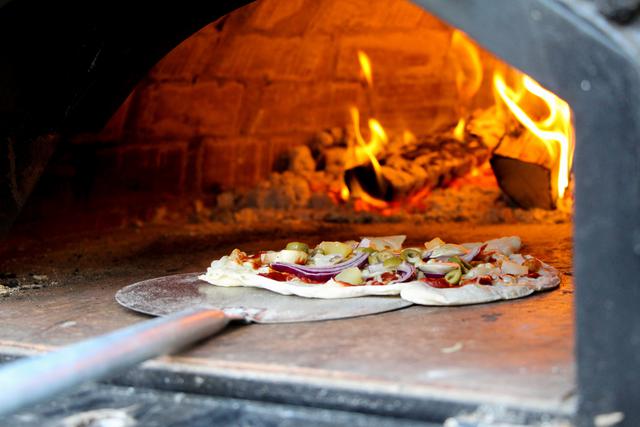
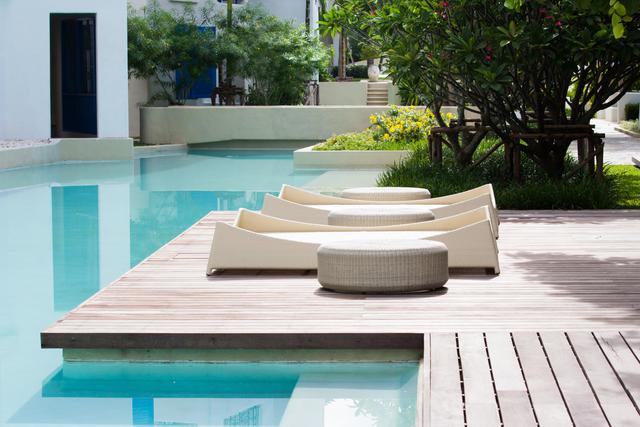
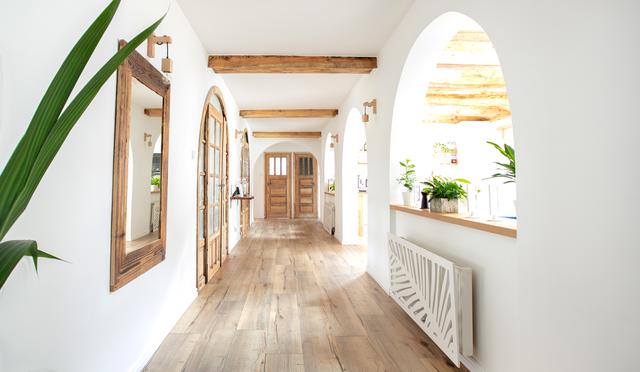
comments